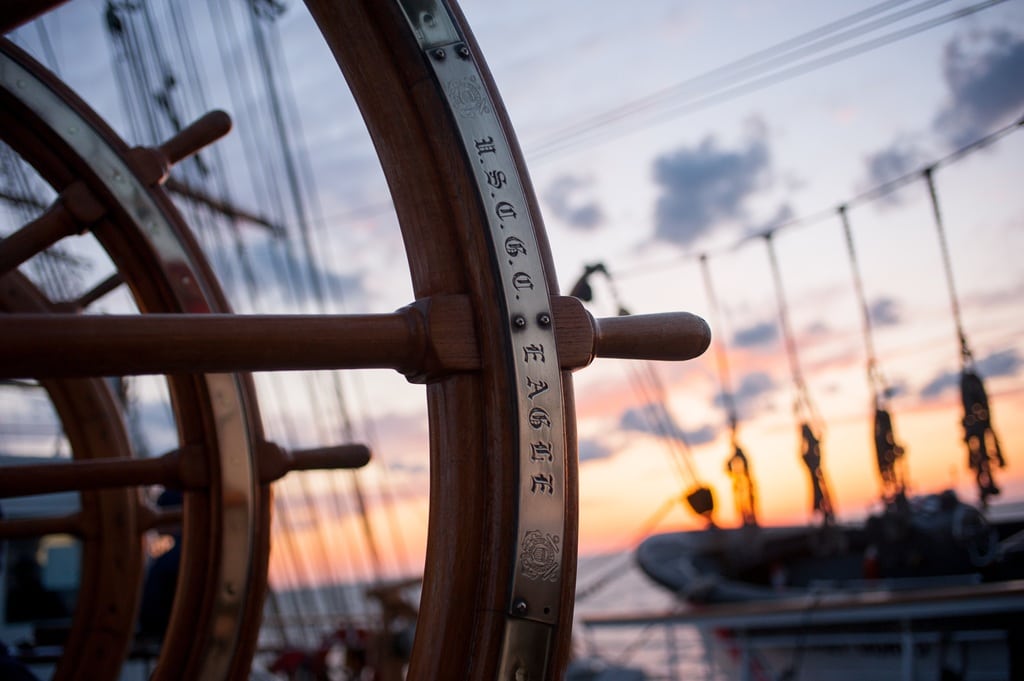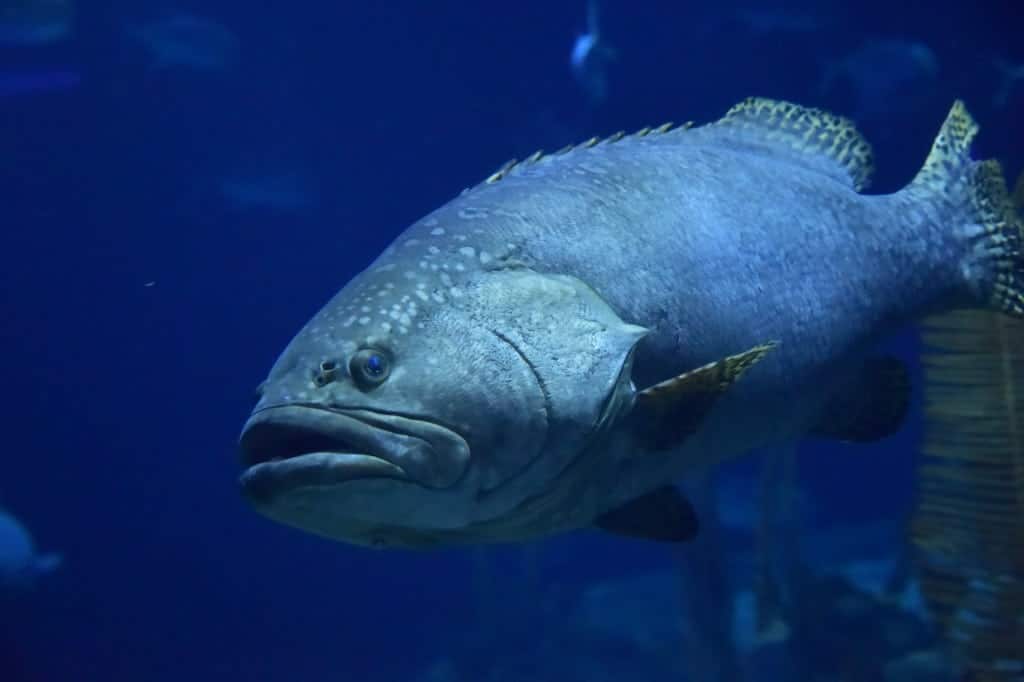The origins of port and starboard
If you are an ardent boater or frequent guest of anyone who owns a boat, you become exposed to an array of confounding marine jargon: head, tiller, rudder, galley, wench, Dark and Stormy, stewardess, man overboard, flybridge, port and starboard. The list goes on and on (and on).
Today, we unpack two of the most commonly heard marine terms. What are the origins of port and starboard?
Unlike left and right, “port” and “starboard” refer to fixed locations on a vessel.
NOAA unpacks it as well:
“In the early days of boating, before ships had rudders on their centerlines, boats were controlled using a steering oar. Most sailors were right-handed, so the steering oar was placed over or through the right side of the stern. Sailors began calling the right side the steering side, which soon became “starboard” by combining two Old English words: stéor (meaning “steer”) and bord (meaning “the side of a boat”).
As the size of boats grew, so did the steering oar, making it much easier to tie a boat up to a dock on the side opposite the oar. This side became known as larboard, or “the loading side.” Over time, larboard—too easily confused with starboard—was replaced with port. After all, this was the side that faced the port, allowing supplies to be ported aboard by porters.”














